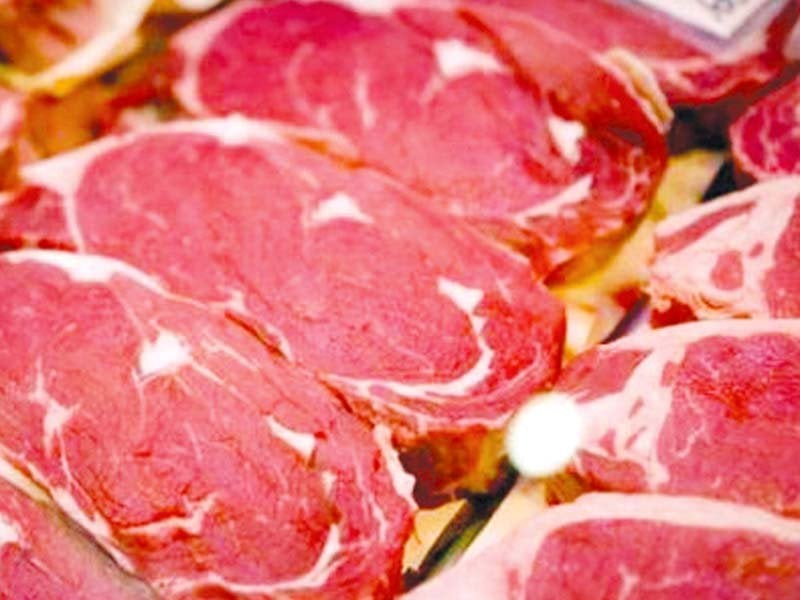
As compiled from Huffington Post, Mayo Clinic, Homefoodsafety.org, and Livestrong.com, learn six ways to identify bad meat, which will ensure you never accidentally get your hands on rotten meat again.
Read: 5 ways to stay hydrated and increase fiber intake to increase immunity
Smell it up
When checking rotten meat, rely on your nose. Smelling meat is the easiest way to know whether it has gone stale. Irrespective of the kind of meat, if it has a sour and putrid smell to it, it’s not good to eat. While buying minced meat from a grocery store or ordering out at a restaurant, it’s important for the meat to smell fresh. It may look fresh at first, but that doesn’t necessarily imply it is fresh, so smelling the meat is the first precaution to take for making a healthy meal. Strong, pungent smell that hurts your nose is something you should look out for while testing meat.
Take a look at its texture
Does the meat feel slimy? If it does, it may not be okay to consume. Meat becoming slimy is a sign that bacteria have started to multiply on its surface. Meat that has gone bad usually has a sticky feel to it. Resulting from bacteria, you may notice the appearance of black or green areas, which clearly means fungi have started to grow.
Check its colour
Use your time to take a closer look at the meat. Most people associate fresh minced meat with a bright red colour. If the meat has gone brown or dark grey, then that surely doesn’t mean it has gone bad. It simply means that the meat is not being exposed to oxygen. Ground beef isn’t always the appealing bright red, but grocery stores and restaurants choose to keep their meet bright red because that’s what visually appeals to the public. It’s important to note that brown to grey meat is perfectly fine to eat, but if it turns green and dull, it’s time to chuck it.
To taste or not to taste
Tasting the meat beforehand could be both good and bad. It’s common knowledge that meat that tastes sour/bitter has gone bad, but it’s not always good to taste it if you’re suspicious. While smelling the meat can give you a close-to-accurate picture of how the meat is, why taste it? You can’t smell, taste or even see the bacterium that causes food poisoning, so why take the risk by trying a tiny bit of infected food that can cause serious illness?
Opt for safe storage
Like any other perishable item, the first thing you should check on meat is its sell-by date. If the meat has expired, then you have your answer right there. If the package doesn’t have a manufacturing date and an expiry date, it’s better not to purchase it. In hot weather, especially, there are higher chances of meat going bad. It’s important for you to keep the meat in a safe storage with the correct temperature. It’s important to discard any perishables stored at a temperature of more than 40 degrees Fahrenheit for over two hours no matter what their appearance or smell may be like. One must keep raw food such as meat separate from other ready-to-eat food items.
When it doubt, throw it
It doesn’t matter how much you spent on the meat or how much you were looking forward to eating it, you can always buy more. After all, your life is more important than the price of meat. When in doubt about the smell, taste, colour or appearance of the item, it’s always better to dispose it. Eating bad meat can result in chronic food-borne illnesses, such as colon cancer, gastro-intestinal infections and more. So, watch out and meet your meat carefully.
Published in The Express Tribune, September 5th, 2015.
Like Life & Style on Facebook, follow @ETLifeandStyle on Twitter for the latest in fashion, gossip and entertainment.



1731916090-0/sabrina-(3)1731916090-0-165x106.webp)

1732012836-0/Express-Tribune-(9)1732012836-0-270x192.webp)
1732005713-0/Express-Tribune-(6)1732005713-0-270x192.webp)


1732004244-0/Untitled-design-(13)1732004244-0-270x192.webp)
1732002444-0/Express-Tribune-(4)1732002444-0-270x192.webp)






COMMENTS (2)
Comments are moderated and generally will be posted if they are on-topic and not abusive.
For more information, please see our Comments FAQ